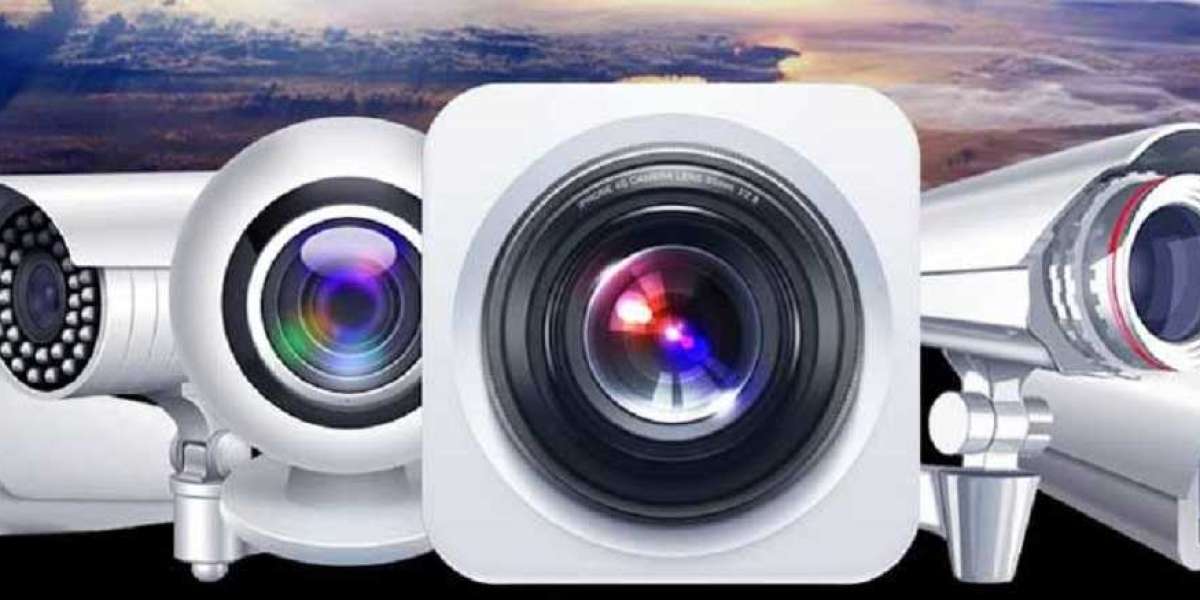In today’s digital age, surveillance technology is rapidly evolving to meet the growing need for safety and real-time monitoring. At the heart of this shift are CCTVops, the operational strategies behind modern surveillance systems, and the trusted CCTV camera, the backbone of any visual monitoring setup. Together, they create a powerful security solution that serves homes, businesses, and public institutions alike.
What Is CCTVops?
CCTVops refers to the operational practices, management, and monitoring procedures used in closed-circuit television (CCTV) systems. It includes everything from camera placement and live monitoring to video storage and system maintenance. Well-managed CCTV operations are essential to ensure that the surveillance system performs efficiently, remains reliable, and provides timely responses to incidents.
Professional CCTVops typically involve:
Monitoring live feeds from multiple locations
Reviewing recorded footage for investigations
Managing system health and storage
Coordinating with security personnel for fast response
Integrating cameras with alarms, motion sensors, and access controls
The Role of CCTV Cameras
The CCTV camera is the core hardware component in any surveillance system. Whether you're operating a single-camera home setup or a complex multi-site security network, cameras are responsible for capturing the video that fuels the system.
Types of CCTV cameras commonly used include:
Dome cameras for indoor coverage with wide viewing angles
Bullet cameras for long-range outdoor surveillance
PTZ cameras for flexible movement and zoom functionality
IP cameras that transmit footage over a network
Each CCTV camera plays a specific role in a well-planned surveillance setup, and choosing the right type is a key part of effective CCTVops.
Why Efficient CCTVops Matter
Strong CCTVops are the difference between having footage available when it’s needed — or not. Even the best CCTV cameras are only as effective as the operators and systems supporting them.
Benefits of professional CCTV operations include:
Real-time incident detection and response
Efficient use of storage through motion-activated recording
Better coverage through intelligent camera placement
Fewer system failures due to proactive maintenance
By integrating smart analytics, remote viewing capabilities, and trained monitoring staff, modern CCTV operations elevate a simple camera system into a high-functioning security network.
Conclusion
The combination of effective CCTVops and strategically placed CCTV cameras forms the foundation of any successful surveillance system. As threats evolve and technology advances, investing in both quality hardware and professional operations ensures that you stay one step ahead — keeping your property secure, your data protected, and your peace of mind intact.











